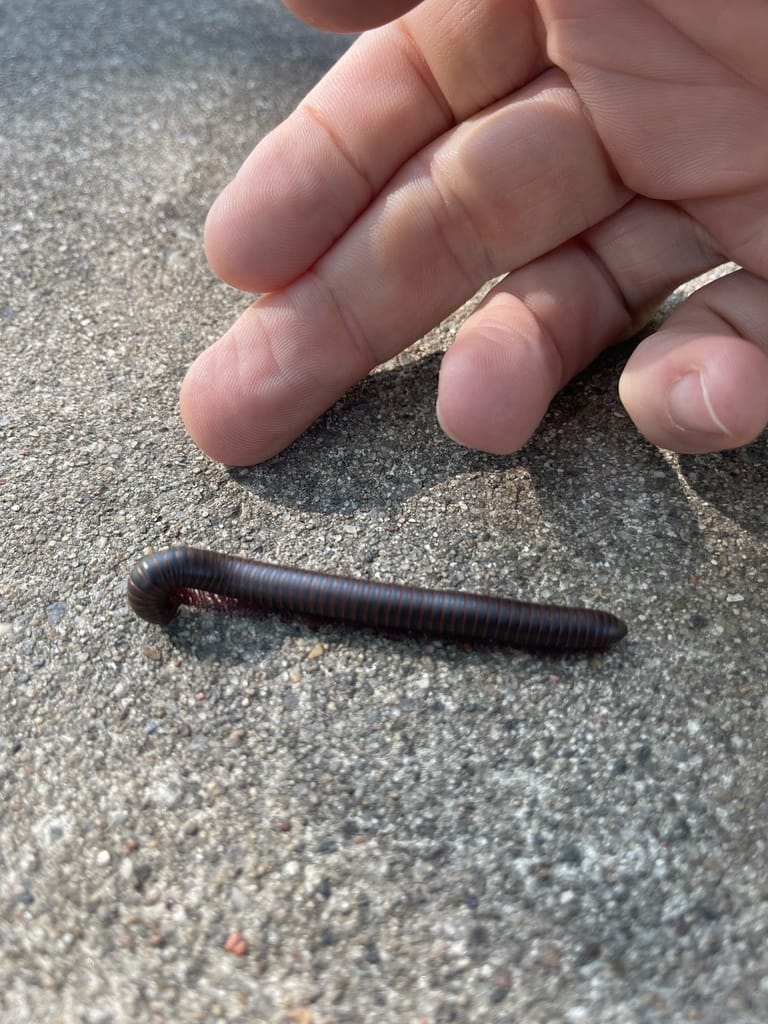


Millipedes are detritivores, meaning they feed on decaying plant matter, fungi, and other organic material. They thrive in moist environments like leaf litter, mulch beds, and under rocks or logs. During wet seasons, millipedes may migrate in large numbers, sometimes entering homes through foundation gaps and basement cracks. Unlike centipedes, they do not bite or sting but can release a foul-smelling liquid when threatened.
Our service professionals conduct a thorough inspection of your home, focusing on damp areas like basements, crawl spaces, and exterior landscaping. Entry points such as foundation gaps, door thresholds, and cracks are identified.
No, millipedes do not bite or sting. However, they can secrete a defensive fluid that may cause mild skin irritation in some individuals.
Millipedes migrate indoors when outdoor conditions become too wet or dry. They seek moisture and shelter, often entering through foundation gaps, doors, and basement cracks.
Sealing entry points, reducing moisture around the home, and clearing out leaf litter or mulch from the foundation can help minimize millipede activity.
Our treatment is designed to provide long-term prevention. Quarterly service ensures that millipedes and other pests stay under control. If millipedes return between treatments, our Free Unlimited Callbacks policy means we’ll come back at no extra cost.
Yes, millipedes require high moisture to survive. When trapped indoors in dry conditions, they often die within a few days.
It is normal to see some activity immediately after treatment as millipedes move out of treated areas. However, their numbers will decrease significantly over time. If you continue to see them, we will retreat as needed.


